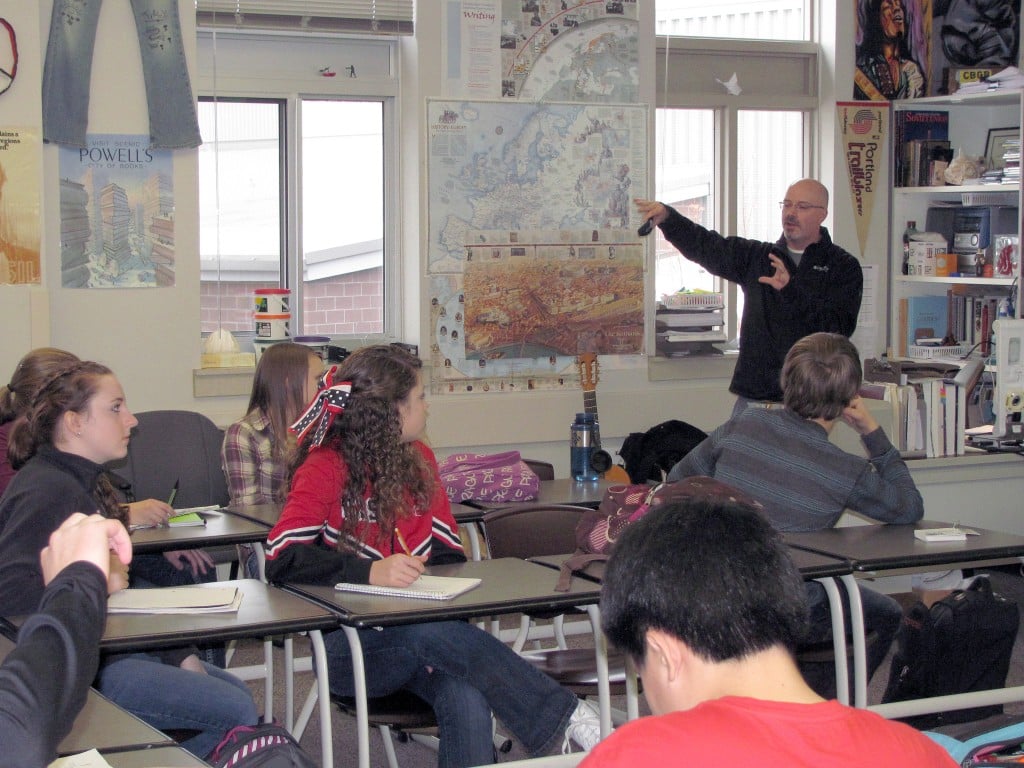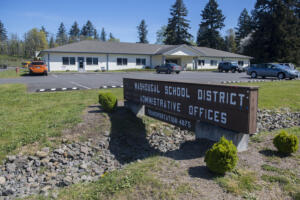“New perspectives on a diverse and complicated world.”
For veteran Camas High School teacher Hannelore Tweed, these are the opportunities she is passionate about providing to her students.
Her ability to do this was expanded this year as Tweed was offered the chance to become the instructor of a new Advanced Placement class called “human geography.”
“[Administrators] came to me and asked if I would teach it,” she said. “I was an English and history major, so it dovetails beautifully.”
The course is one of the newest AP classes available to CHS students. It focuses on how humans have impacted the Earth, from a perspective that the planet is one cultural landscape after another changed and developed by religion, ethnicity, immigration, migration, language, politics, the economy and the environment.
“I teach about humans,” Tweed said. “It is invaluable for these kids to be exposed to all aspects of the world. I think they are changed. Their minds are opened beyond who likes who and who is in which clique. They become citizens of the world.”





